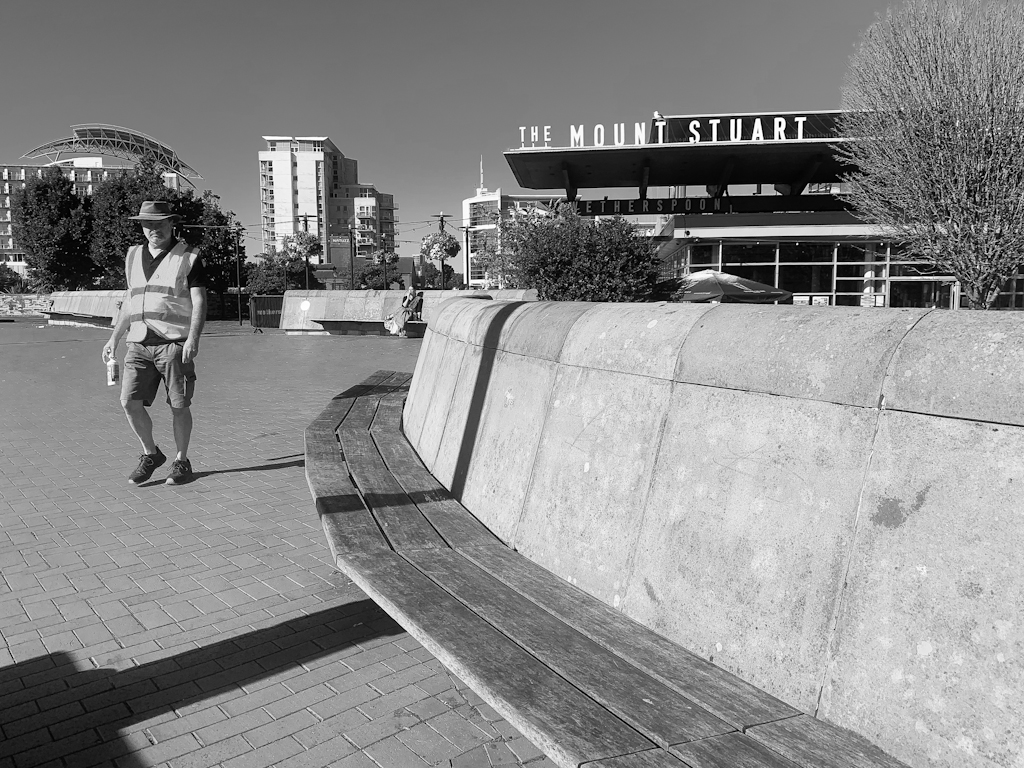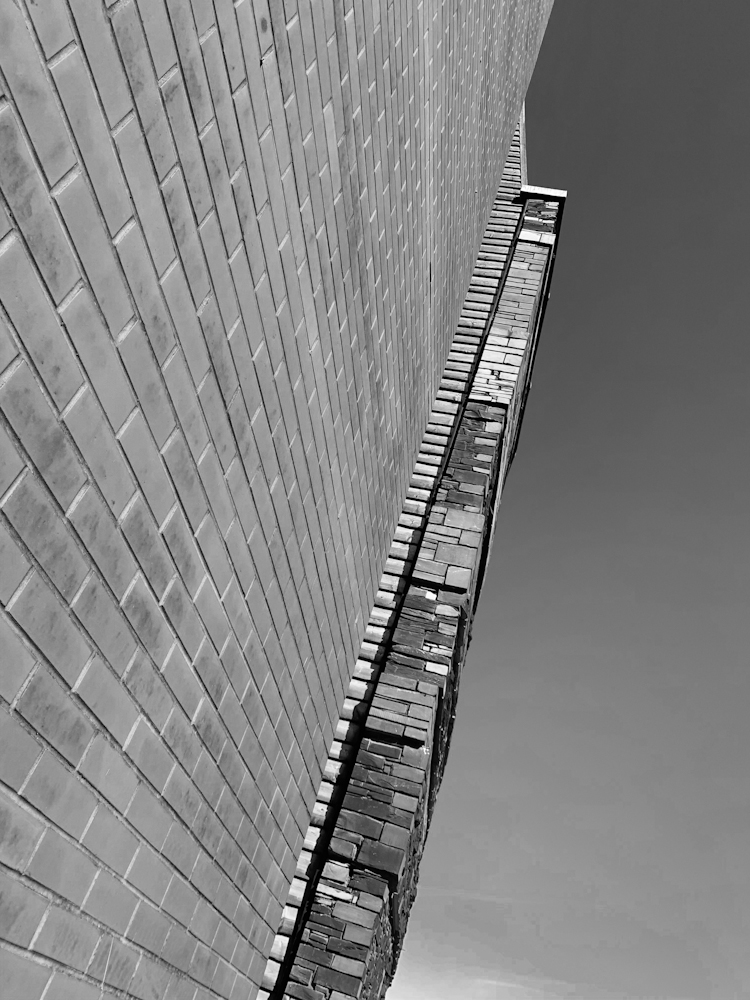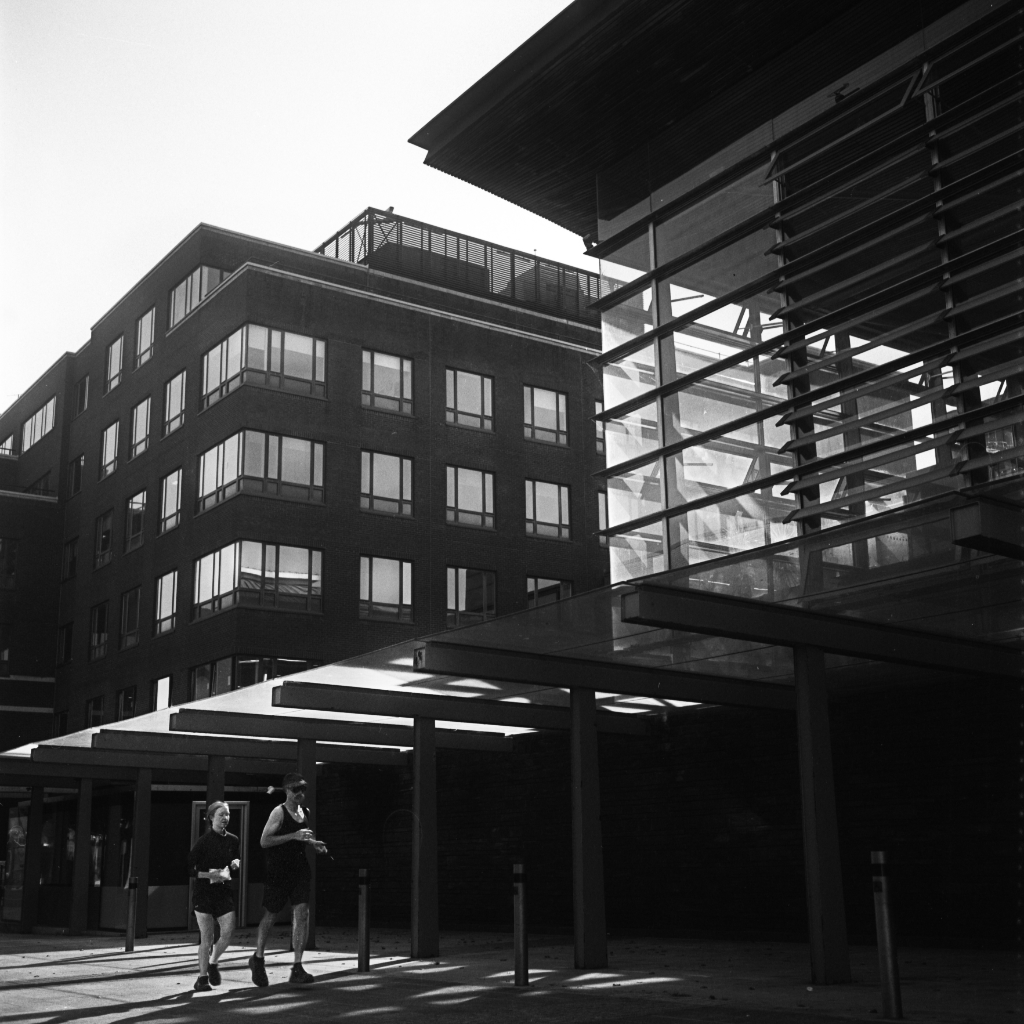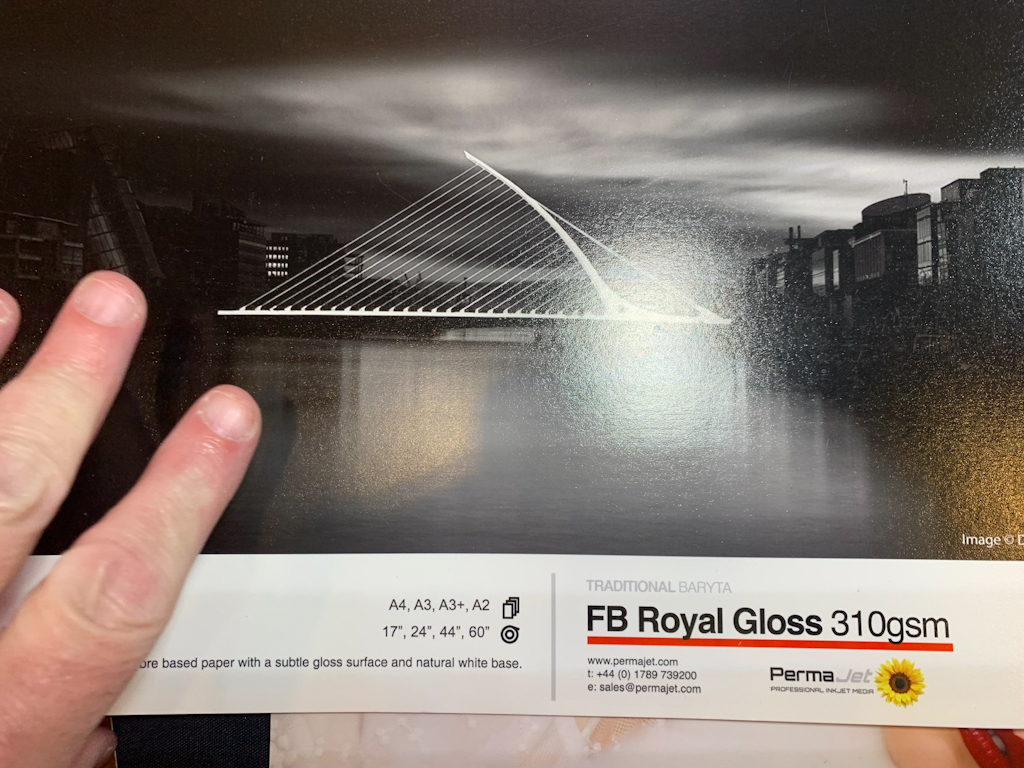Wasn’t sure what to make of the Wales & West Photography Show when we first saw it announced, but as the tickets were free and we fancied a weekend away, we thought we would give it a punt.
We chose to do the Friday in the hope that we would avoid the weekend crowds, so drove up to Wales the day before.
The show didn’t start until midday, so with a crack of dawn start we headed off into Cardiff and the Mermaid Quay area in particular to shoot a bit of architecture.
At 8:30 am, the place was pretty much deserted with only the occasional jogger to help with the image composition. Even at that time of the morning it was ‘Hot enough to boil a Monkey’s Bum’ as the well known Python saying goes.





After an hour or so we were starting to wilt, so decided to head off to the coast in the hope of a bit of a sea breeze. We ended up at Penarth Pier.
The pier was opened in 1898, having been constructed by James & Arthur Mayoh, assisted by Herbert Francis Edwards, a local engineer. The pier, at 200 mtrs, was rather short; it was not permitted to be longer for fear of obstructing the deep water channel into Cardiff Docks. It was built of cast iron with a timber decking, and acted both as a promenade, and as a landing jetty for steam ships trading in the Bristol Channel. The pier was an immediate success, chiefly because the cruises, provided by the pleasure steamers that used the pier’s landing stage, proved very popular with the public. In 1907, a small wooden “Concert Party” theatre was built at the far end of the pier.
The one thing that strikes you when reading about the piers history, was the number of times it was hit by ships in 1947 and 1966 as well as the obligatory burning down in 1931, which most seaside piers seem to go through in their life. It’s currently owned by Vale of Glamorgan Council and they seem to have spent some serious money on it recently as it is looking magnificent with a fresh boat of paint.
Click an image for a larger size
After a nice cup of tea and a Welsh Cake in the shade of one of those two small sheds half way along, we made our way back East and onto the International Conference Centre for the show.
My initial reaction upon entering the exhibition hall was how small the room was. What we thought may have been enough to see to last us an afternoon, looked as though we would have done the whole thing in less than an hour. The list of exhibitors certainly in my mind suggested something much larger.
The Pentax stand, as an example, was made up of just a couple of small tables and some display boards. Sandi, being a lifetime Pentax user, meant we chatted to the guys there for 15 mins and were rewarded with a bag full of free give-a-way gifts that included a photo book, mug, camera strap, 8gig USB memory stick and a brochure for their new 645 medium format digital camera – which by the way is a really ‘droolable’ bit of kit.
Having said all that, we were there for a couple of hours and although not something that I had wanted to check out, we spent quite a bit of time at two filter suppliers stands.
This time was well spent. I invested in the Lee filter system some 15 years ago. At the time, these were top of the range and cost quite a wack. Seeing what is available now, the Lee system seems tired and hasn’t kept up with one of the biggest technological changes – The magnet.
The H&Y system was really attractive. Made from machined aluminium with metal surrounds on the filter glass, means that everything is held in place by a magnet. No silly slots with huge gaps behind them where light can bounce off the back of the filter and into the camera. Really nicely made, but not cheap.
The other stand there was Formatt-Hitech and their Firecrest system. While they did use filter slots, the big stand out for me was their glass.
Rather than have a sheet of glass and apply coatings on both sides – which could be prone to being scratched, they coat a sheet of glass and then sandwich that between two additional sheets. The glass is about as scratch resistant as you can get with something that has to be optically neutral, and you get to protect the coating which is a big plus.
Having looked into this further I think I’m sold on the KASE armour system. The only screw thread is the one that mounts the magnetic adaptor ring to the camera. Everything else is held in place magnetically For safety the filter holder does have a mechanical lock to hold it onto the adaptor ring, as does the first filter you stack on the filter holder, so in that configuration, nothing is going to fall off it it gets knocked. That’s probably just as well as you could have anything up to £500 worth of filter gear fall off and you not notice.
You also get a huge rotatable polariser filter that fits behind the filter mount. But there is also a recess where – if you wanted – you could mount any kind of ND, skylight. IR etc etc filter into.
I would like to see this system in the flesh so might wait till The Photography Show at Birmingham in September before I finally decide to retire my Lee system.
We also stopped off at the Perma Jet stand and talked to a really nice guy about printer paper. The range of paper types and surface finishes was really too much to make any kind of meaningful decision by lucky guess choosing, so we settled on getting a couple of tester packs from the Digital photo and FB Baryta ranges to have a play around with.

He also said the Canon Pro 10S printer we have is really good and even with their off the shelf ICC profile, produces a really nice repeatable result every time. He did say the differences between the same model is quite marginal, so having them prepare a specific ICC profile for our printer may not be necessary.
All in all we had a really good day out and as this was our first away trip since Covid, made the whole weekend even more enjoyable.






